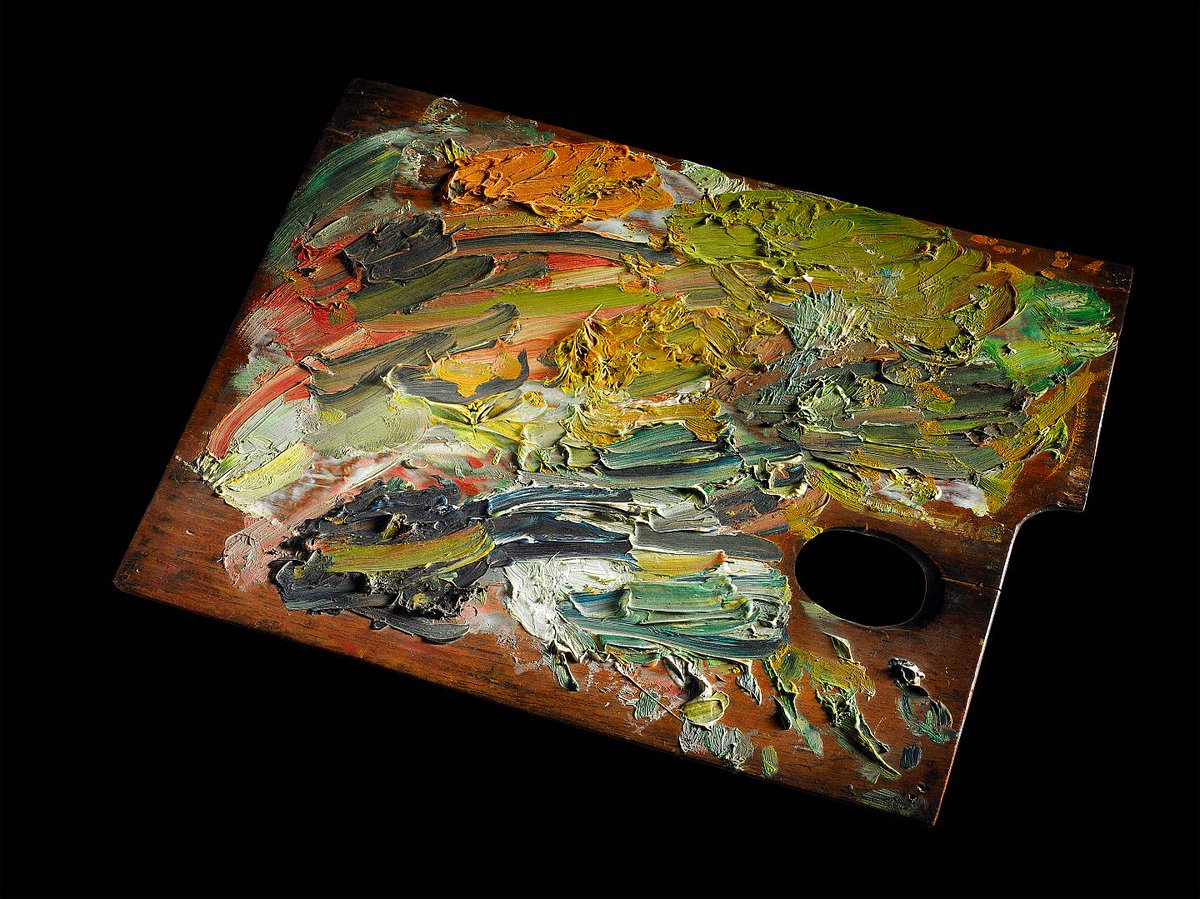Vincent Van Gogh was obsessed with the pigments in his paints, and he knew as much or more about their composition and vulnerability as many of his contemporaries. So it is a tragic irony that many of the bright red and yellow pigments van Gogh used on his masterpieces are fading or changing color with time.
Pigment breakdown is, of course, not just a problem with van Gogh’s oeuvre: He was using many of the same pigments as other late-19th-century Northern European artists such as Pierre-Auguste Renoir or James Ensor. “You can safely say that many works from that period have probably been affected in some way by similar pigment issues,” says Ella Hendriks, senior conservator at the Van Gogh Museum, in Amsterdam.
Yet the artwork of van Gogh has become a lens through which scientists study pigment degradation. He was a prolific painter—in the 10 years he was active as an artist, van Gogh produced nearly 1,000 paintings. He was also a prolific writer: In letters to family and friends, he discussed in detail the pigments he purchased and the colors of his newly painted canvases. These written records are a valuable starting point for scientific inquiry.
As a result, van Gogh’s canvases have led to multiple discoveries about the breakdown of fragile—or what conservators call “fugitive”—pigments. What follows is a series of vignettes about how analysis of his paintings has helped illuminate chemical degradation pathways in age-old pigments and how this research informs display and conservation practices for van Gogh’s inimitable masterpieces and other artworks of his time.
CONNECT









































































































































































No comments:
Post a Comment